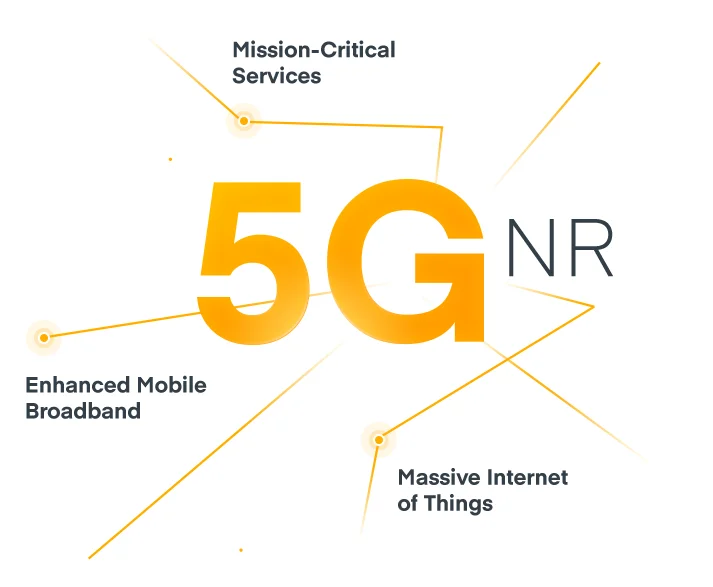AZG News Hub
Your go-to source for the latest news and informative articles.
5G: The Speedy Revolution You Didn't See Coming
Uncover the surprising impact of 5G technology! Explore how it's reshaping our lives at lightning speed in ways you never imagined.
Understanding 5G: How It Works and What It Means for You
5G is the fifth generation of mobile network technology, marking a significant leap from previous generations like 4G LTE. This advanced network operates on higher frequency bands, which allows for greater data transfer speeds and increased capacity. With Qualcomm noting that 5G can reach download speeds up to 20 Gbps, this technology not only enhances mobile broadband experiences but also enables innovations like IoT (Internet of Things) devices. The ultra-reliable low latency communication (URLLC) feature ensures that applications requiring instant responses, such as autonomous vehicles and telemedicine, can function seamlessly.
For consumers, 5G means faster download and upload speeds, improved connectivity in crowded areas, and the potential for new applications and services that weren't possible before. With its ability to support a vast number of connected devices simultaneously, the GSMA predicts that by 2025, there will be one billion 5G connections worldwide. As cities globally begin to adopt this technology, it promises to change how we communicate, work, and even enjoy entertainment, leading to a smarter, more connected world.

5G vs. 4G: What Are the Key Differences and Benefits?
The transition from 4G to 5G technology marks a significant upgrade in mobile communications, offering a range of improvements that enhance user experience and connectivity. One of the most notable differences is the speed: while 4G can reach maximum download speeds of around 100 Mbps, 5G is expected to exceed 10 Gbps, allowing for much faster data transfer. This rapid connectivity enables seamless streaming of high-definition content, quicker downloads, and a more reliable connection in crowded areas. Learn more about 5G technology.
Another key benefit of 5G over 4G is its reduced latency, which can be as low as 1 millisecond compared to 50 milliseconds for 4G. This low latency is crucial for applications requiring real-time interaction, such as online gaming, autonomous vehicles, and augmented reality experiences. Additionally, 5G networks can support a greater number of devices per square kilometer, paving the way for the Internet of Things (IoT) to flourish. As more devices become interconnected, from smart home gadgets to industrial sensors, the demand for a robust and high-capacity network will only increase. For further insights on how 5G will impact the future, read this CNET article.
Is 5G Safe? Debunking Myths and Addressing Concerns
The rollout of 5G technology has sparked significant debate and concern among the public. Many people worry about the potential health effects of exposure to higher frequency electromagnetic fields. However, major health organizations, including the World Health Organization, have stated that, based on current evidence, 5G networks are safe. They emphasize that when radio frequencies are within the safety limits set by international guidelines, there is no convincing evidence that these frequencies pose a health risk.
Furthermore, it's important to address common myths associated with 5G. For instance, many believe that 5G causes radiation sickness, while scientific studies have consistently shown that the energy emitted from 5G is far lower than that from other devices we use daily, such as microwaves and even sunlight. The FDA supports this view, indicating that more research is needed but current data do not support the claims of significant health risks from 5G technology.